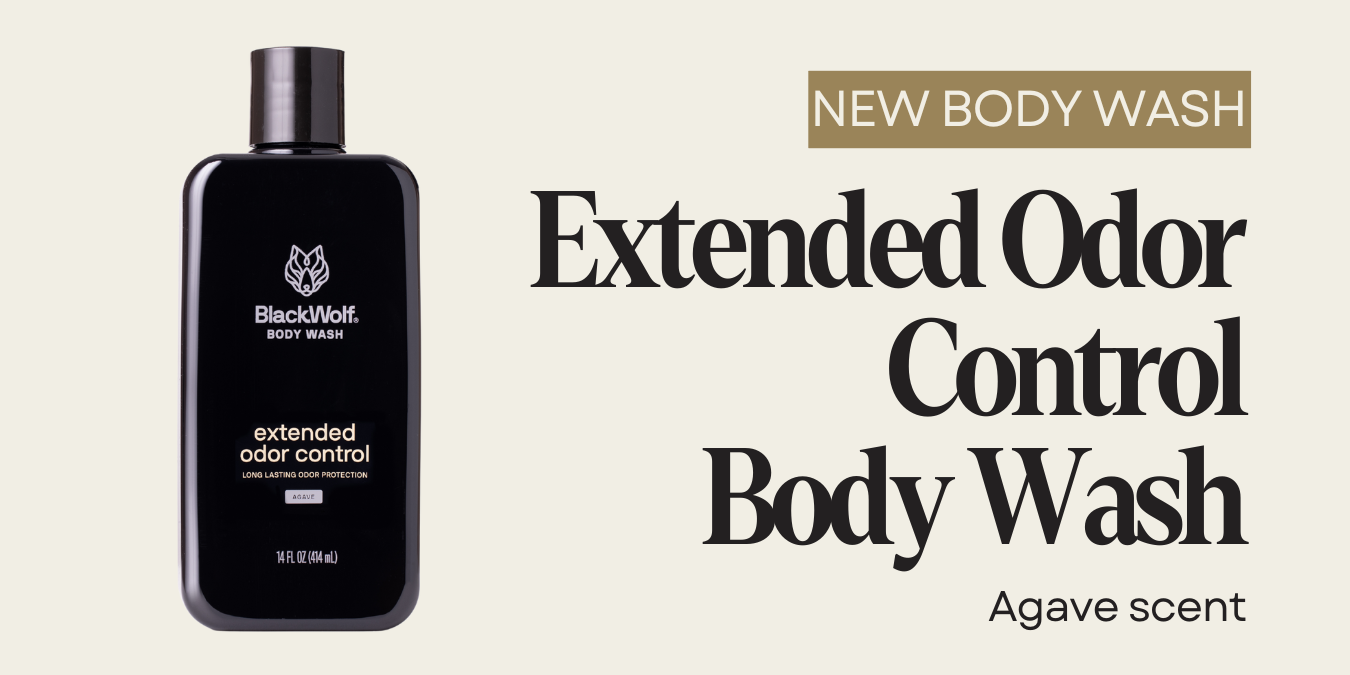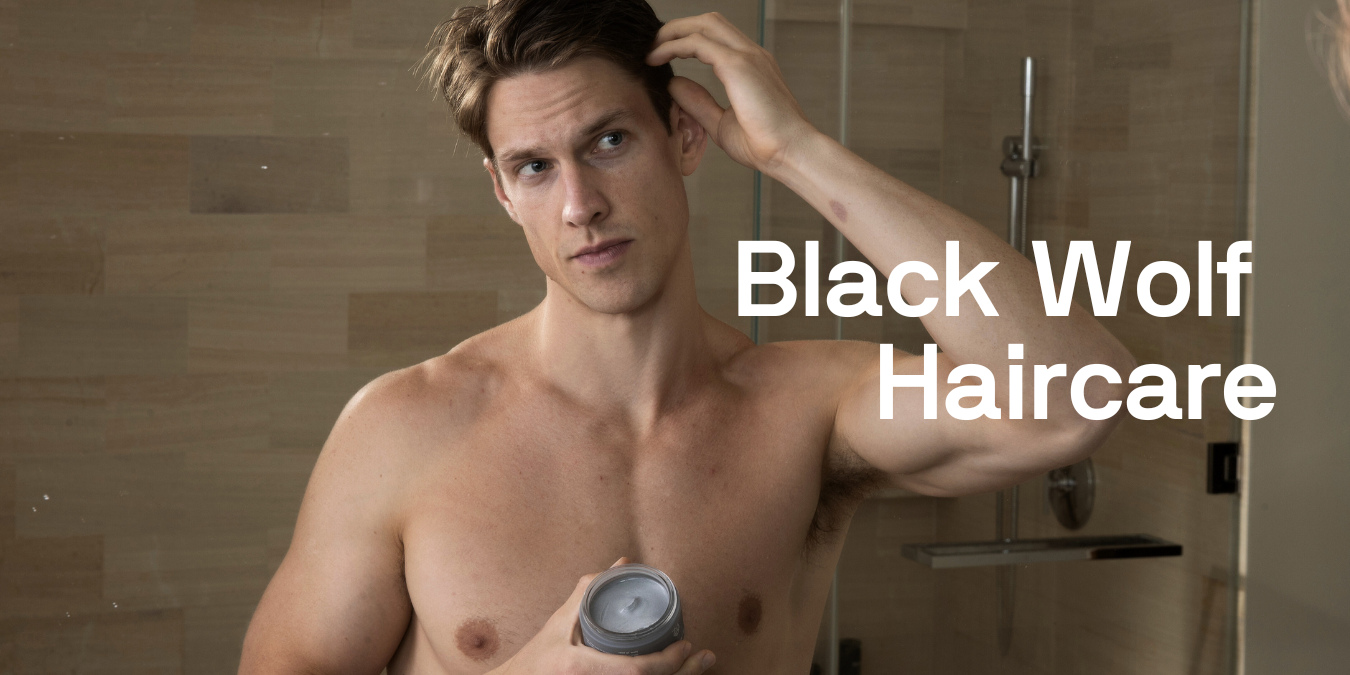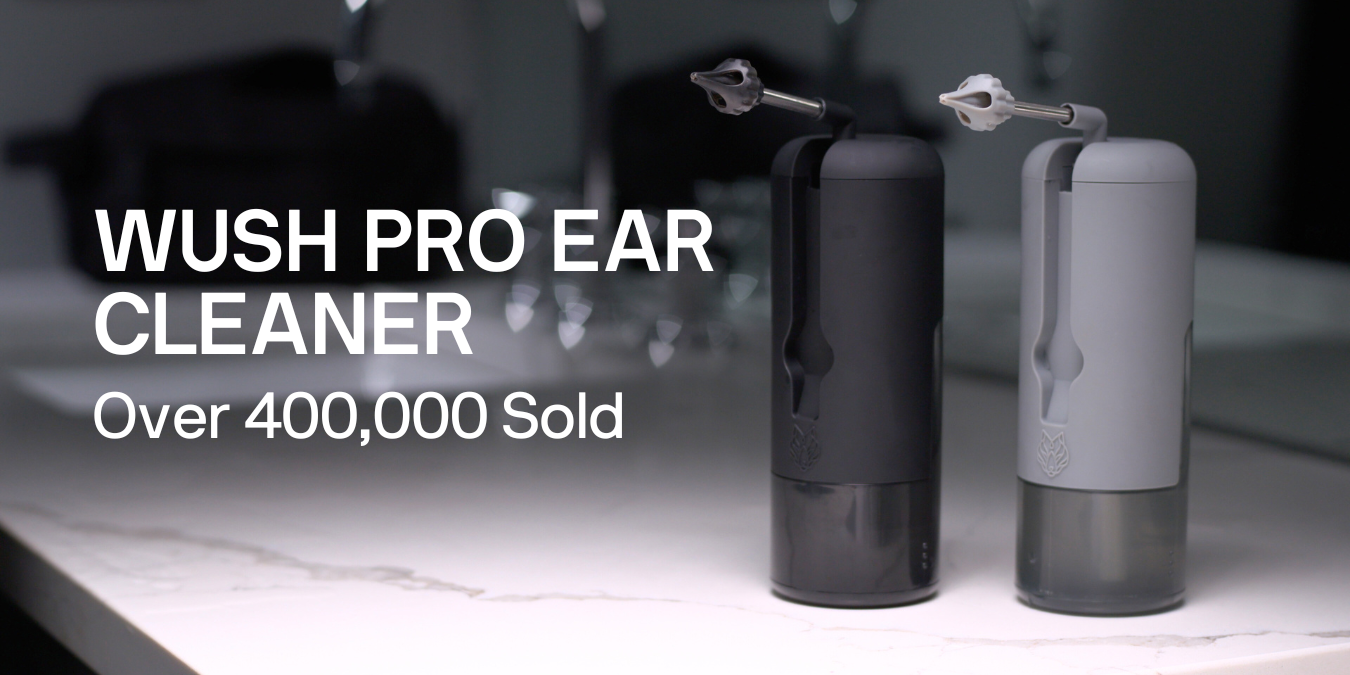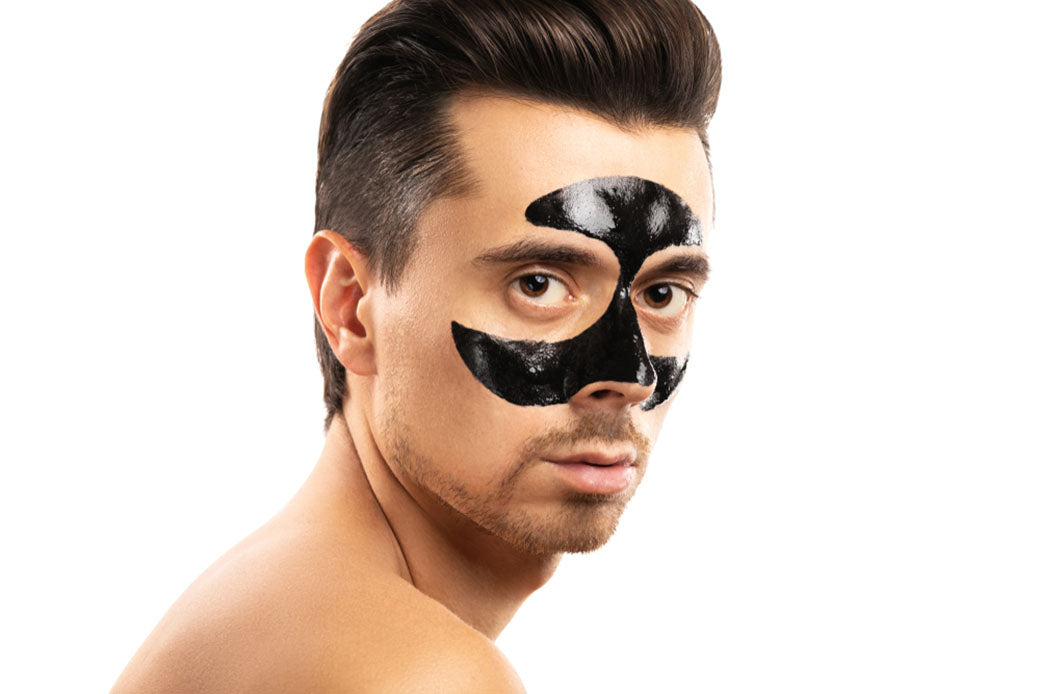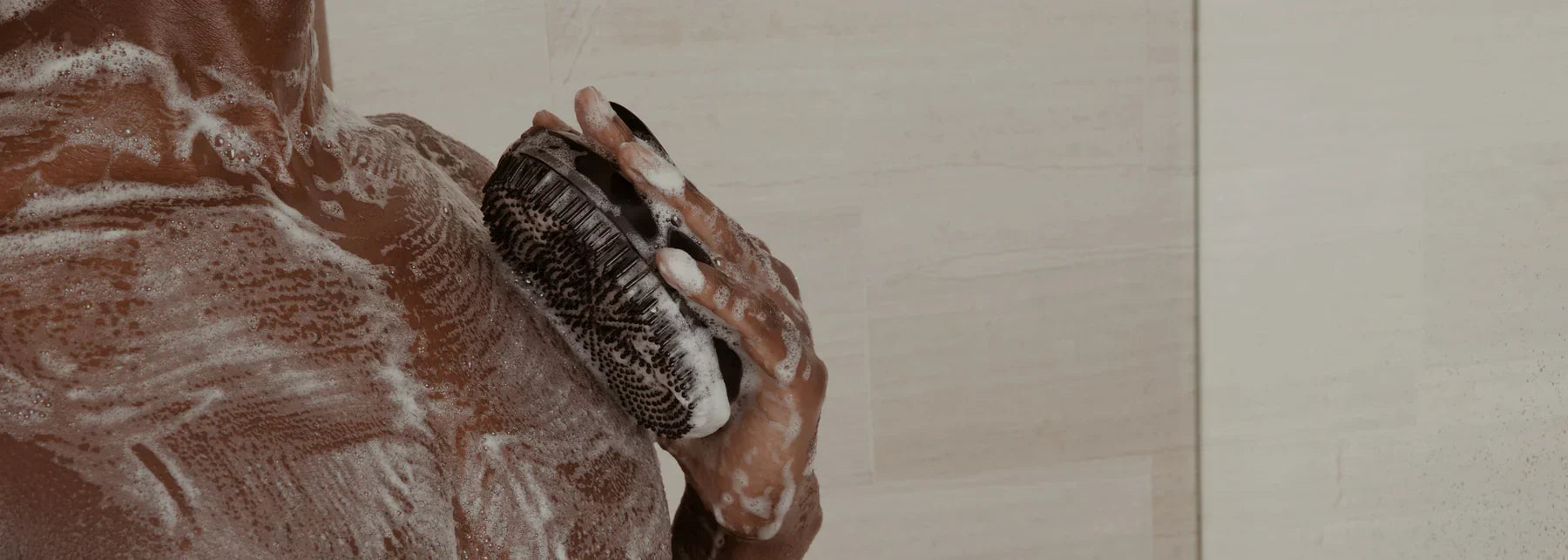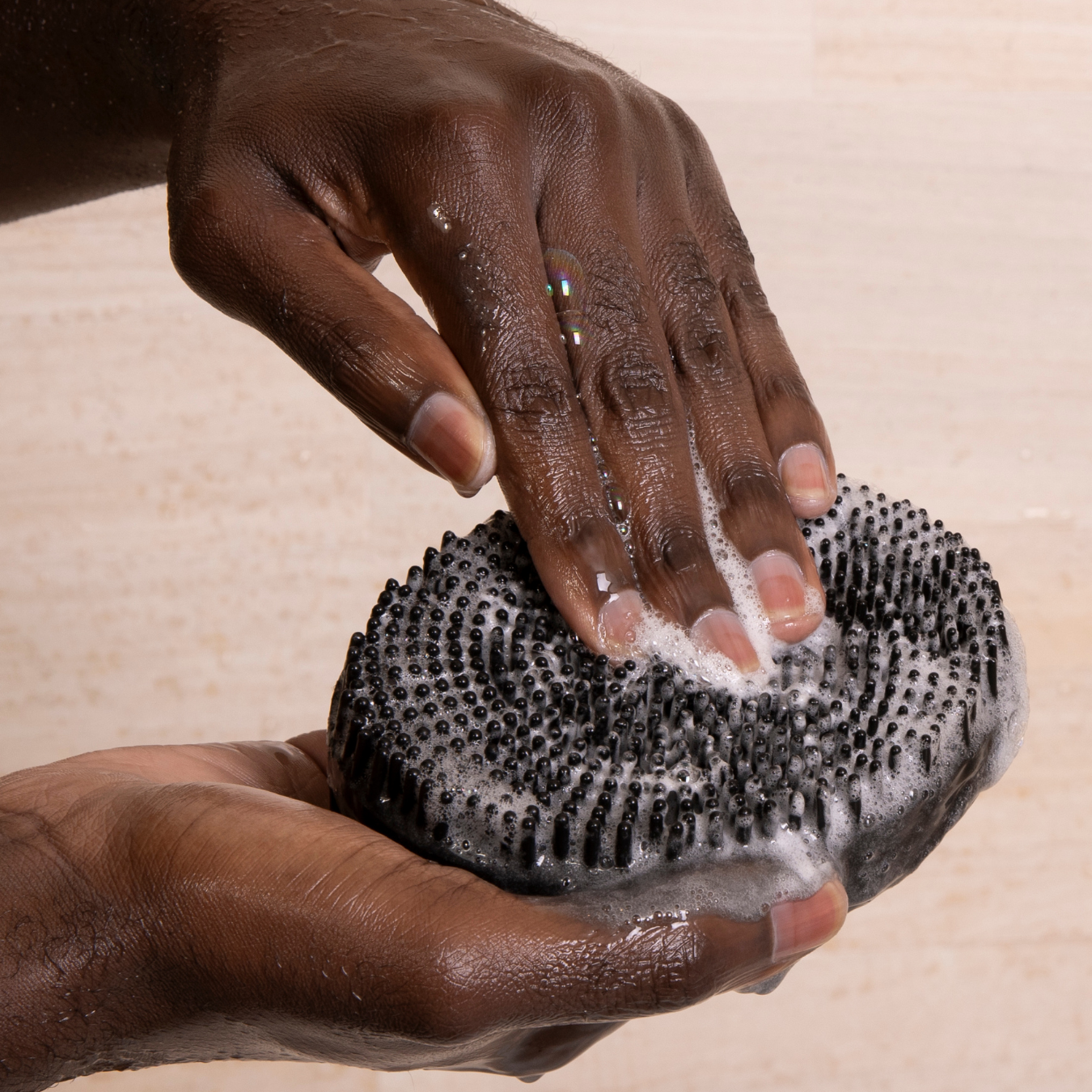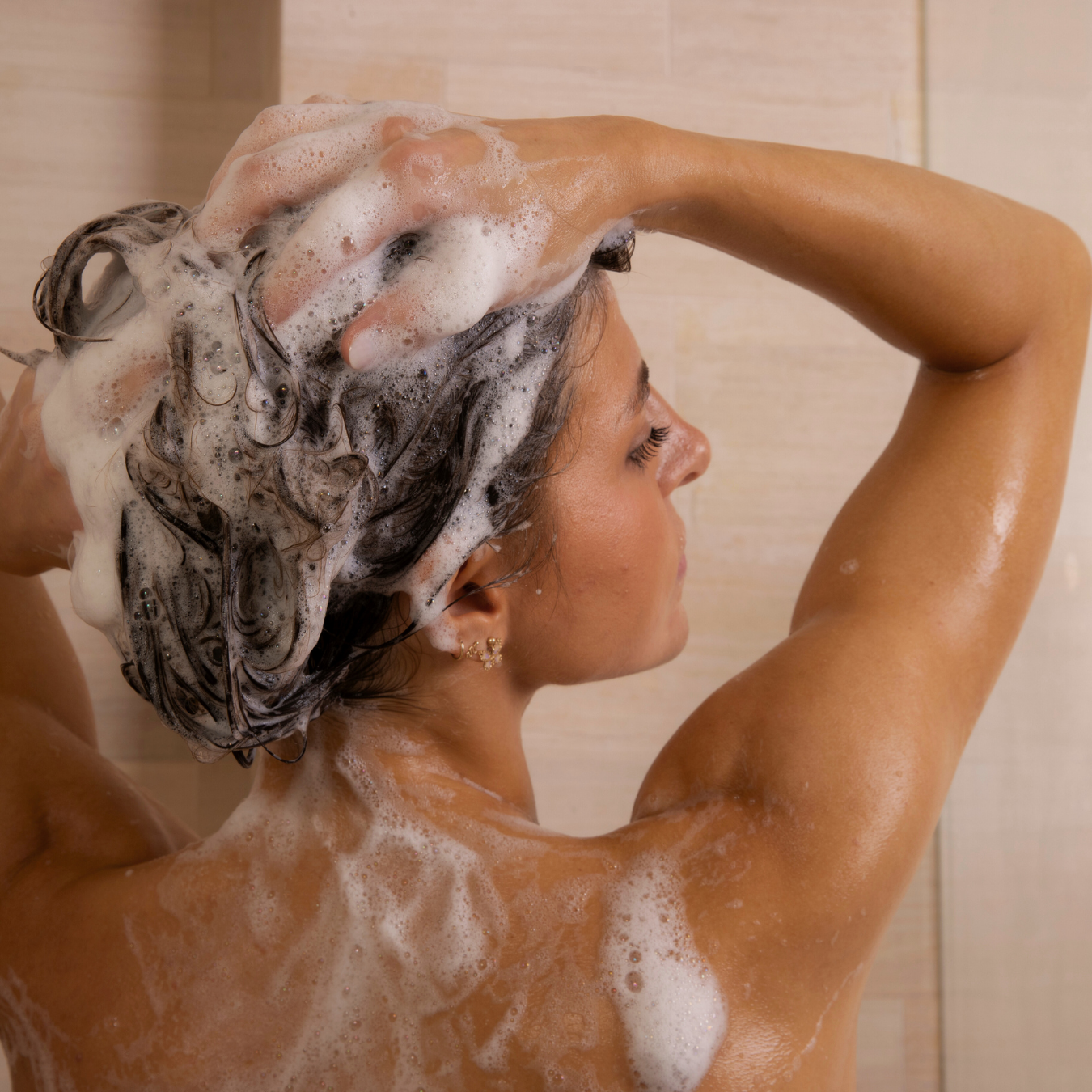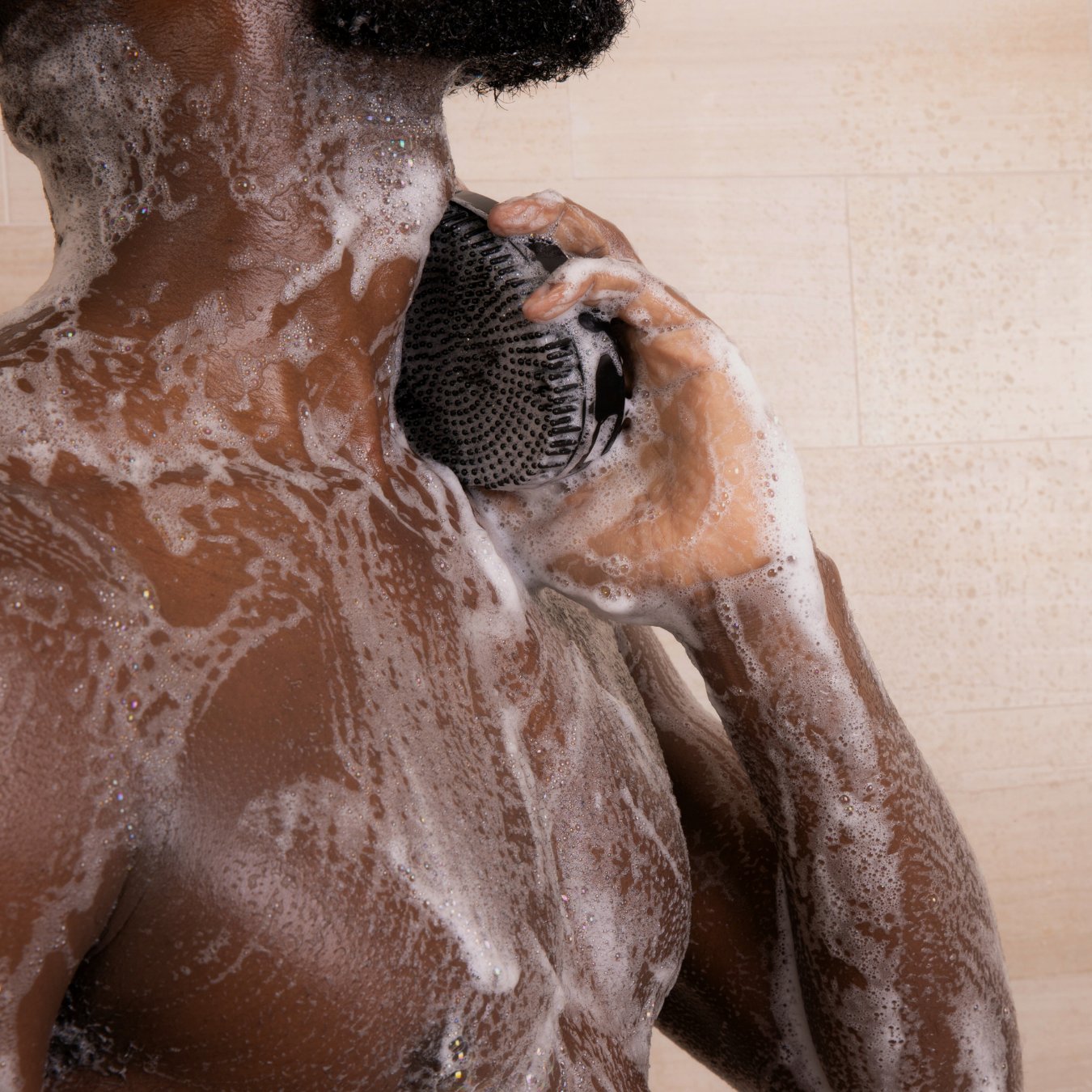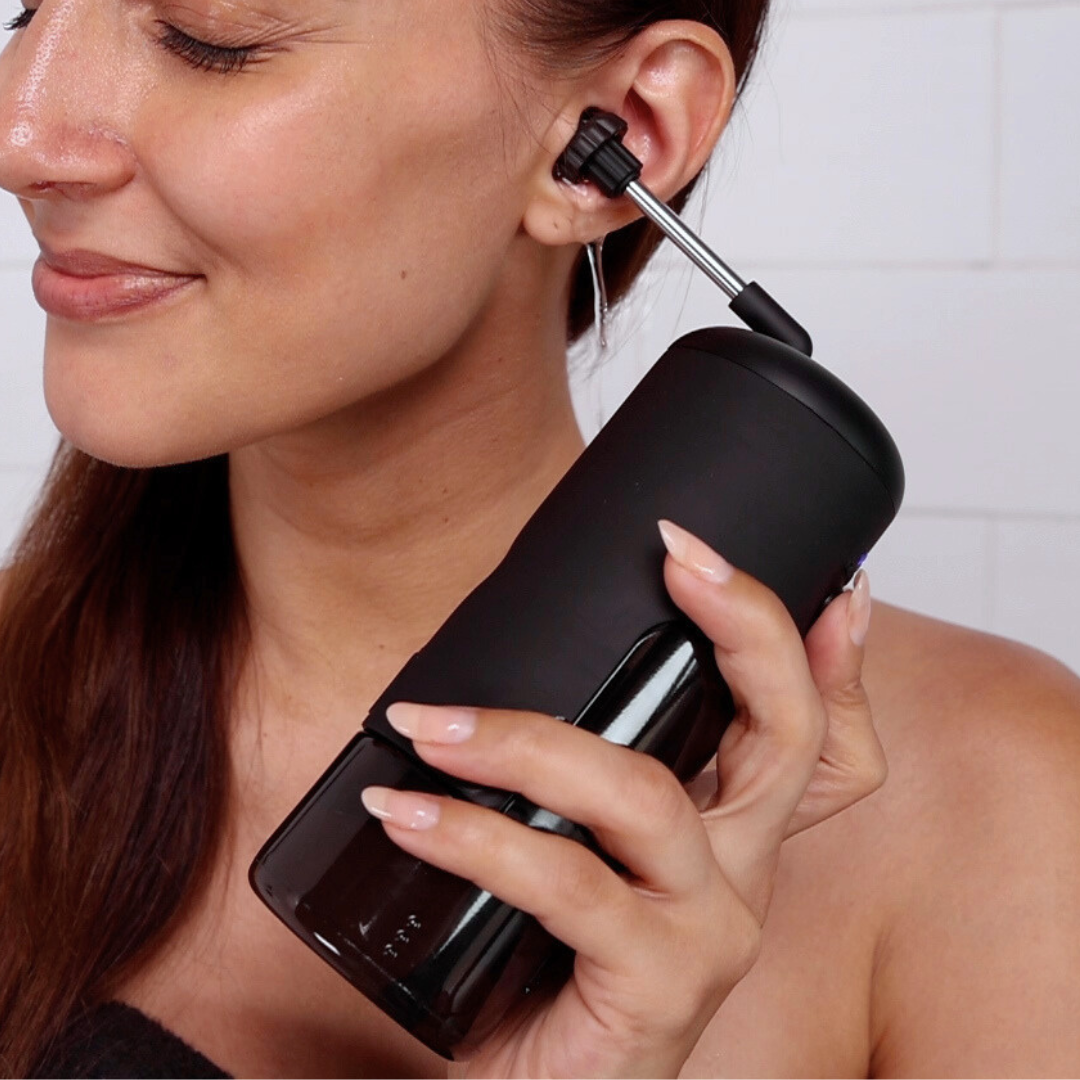How to Get Rid of Mask Acne
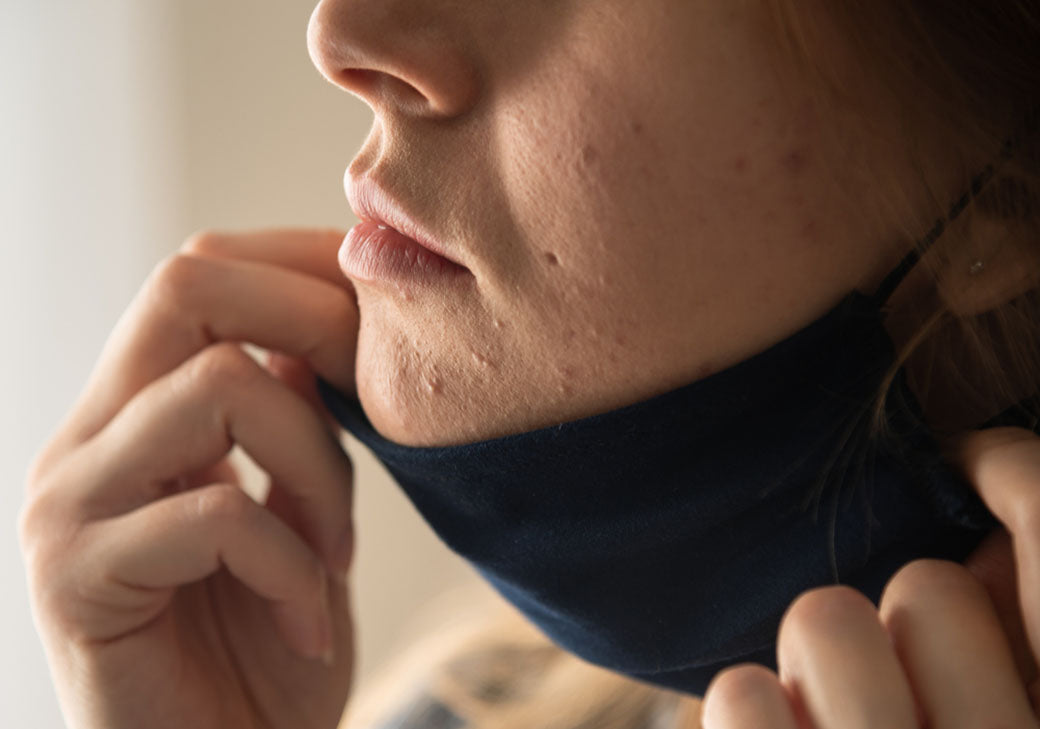
Source / 22Images Studio
Wearing a mask helps you keep your respiratory droplets to yourself, which seems like a reasonable ask in the middle of a pandemic. That protective shield also serves as a canopy for the worst sort of scenario your skin could imagine.
Masks offer a petri dish seemingly custom-built for acne, which is why maskne has become yet another unfortunate addition to the COVID lexicon. Veteran mask-wearers like medical professionals have been dealing with this for their entire careers, so there’s not much mystery to the uptick in dermatological complaints.
Buy Our Gel Moisturizer for Oily Skin
Source: Alex Fonda/Shutterstock.com
Here are the lamentable facts of the case. The bacteria that cause acne thrive in a moisture-rich environment. That kind of environment is readily supplied by trapped breath, stagnant sweat and clogged pores percolating in the tent of the mask, a haven for all the things that want to turn your face into a freak show. But what makes mask acne even more irritating (in the full medical sense of the word) is that the skin becomes parched even while it is drowning in humidity. The mask rubs up against the face, brushing away the moisturizing oils that actually protect the skin and chafing the points of contact raw. This kind of ance mechanica loves to rent out places like a football helmet chinstrap. But it’s equally at home in a habitat on your face that combines the least pleasant parts of desert and swamp.
It won’t be easy to give ance mechanica an eviction notice or to weed out the bacteria thriving in the fabric greenhouse that’s strapped to your face. But here are some strategies.
Since much of the problem lies with the friction caused by the mask rubbing against the skin, what you want to do is apply a moisturizer for dry skin before and after wearing your mask.

Source: Anna Tryhub/Shutterstock.com
But if you have oily skin, your suffering might relate more closely to the swamp than the desert and it might be worth trying a gel moisturizer for oily skin.
You only had a 30-minute lunch break in the middle of your shift, but for the acne that feasts on the bacteria percolating inside the mask, it’s been a continuous feast. Clear the table with a charcoal face wash. And make sure you wash your hands before you put the mask back on; otherwise, you are just providing an after-dinner treat.
Buy Our Award-Winning Charcoal Face WashIf you are using a cloth mask, it’s best to wash it after each use as well — you need to tackle all that microscopic nastiness. Afterward, dry the mask in direct sunlight or on the highest dryer setting.
Masks look to be a fact of life for much of the foreseeable future. That’s just the world we’re living in. Even the discomfort that undeniably accompanies extended use serves as a reminder that the atmosphere surrounding our face can harbor some pretty nasty stuff. But medical professionals have been enduring the consequences of masking up to protect themselves and others for years, so this seems like a good opportunity to send a bit of gratitude their way and follow their recommendations for mask acne relief.
